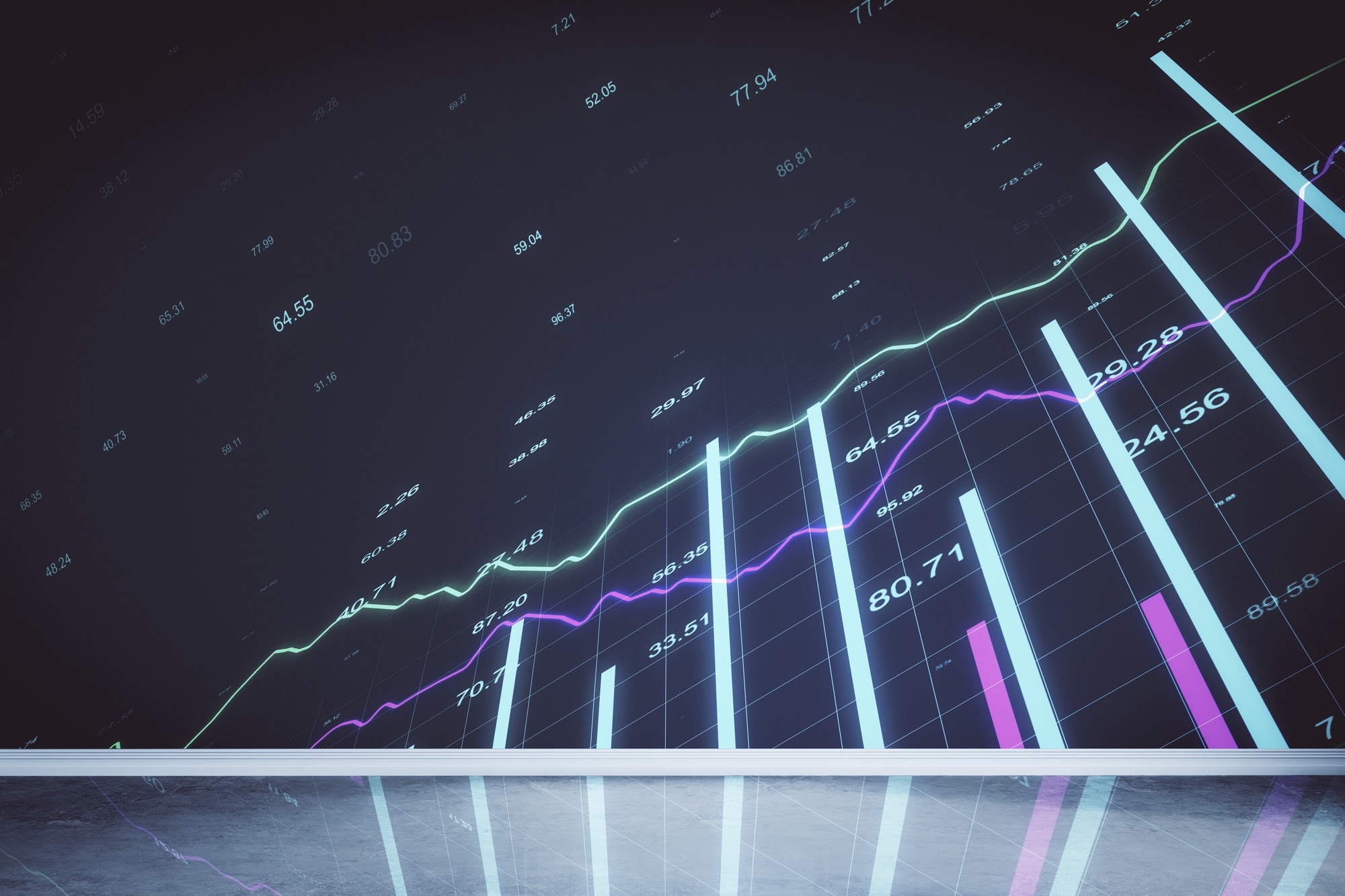Crypto Trading 101: What Are Pivot Points?

Signals, Trading
If you're an avid investor in the crypto market, you'd know the market is unpredictable. You may have invested while hoping to earn higher profits. However, your dream doesn't need to see the light of the day. However, crypto analysts are now using tools to predict market fluctuation such as pivot points.
This is where pivot points come in. Combining pivot points with other technological tools can get an upper edge on your crypto asset. Analysts can now predict price movements using pivot points, including calculating the resistance levels between assets during short-term resistance levels.
Don’t worry; we’ll explain everything regarding pivot points elaborately so you’ll know everything there is to.
What Are Pivot Points?
Floor traders first introduced pivot points as their job depended on them. Floor traders are people who work with securities and exchanges, and their job is to know the market's volatility. Hence, pivot points were developed better to understand the profitability and risks in the commodities market.
Pivot points help greatly determine the resistance levels between securities and commodities, giving the investor an upper hand on their investment. Pivot points are an excellent way to analyze the market and study its trends. They can help determine whether the investment is bullish or bearish.
The former’s a term used when there’s an upward increase in the price past a certain point. In contrast, the latter defines a situation where prices have dropped below a specific region. All in all, pivot points are an investor’s go-to technique then they want to know more about the market and whether their investment will be fruitful.

How Are Pivot Points Calculated?
A five-point system helps investors calculate pivot points to know more about their short-term assets’ support and resistance levels. However, the calculation is almost impossible to manually do as there’s plenty of technicality and math involved. You may try doing it manually, but it will be a long, exhausting, and tedious process.
Luckily, an online charting platform helps traders calculate their pivot points applying the “pivot point” formula. The formula helps them develop and solve complex equations that make them more aware of the market and the intensity of the risk they might face. When an investor knows the profitability and risks of their commodities, it becomes easier for them to invest further.
Here’s the formula traders can use on the charting platform:
- Pivot Point (P) = (Previous High + Previous Low + Previous Close)/3
- Support 1 (S1) = (Pivot Point x 2) - Previous High
- Support 2 (S2) = Pivot Point - (Previous High - Previous Low)
- Resistance 1 (R1) = (Pivot Point x 2) - Previous Low
- Resistance 2 (R2) = Pivot Point + (Previous High - Previous Low)
The pivot point in the first equation is calculated by adding the previous high, previous low, and previous close and then dividing by three. The answer allows investors to come across a place on the pricing chart where the price is the most vulnerable and will probably cause a shift in the sensitivity if closing takes place above or below that point.
Interpreting Pivot Points
The pivot point itself is the essential help and resistance while determining it. This implies that the most significant value development is relied upon at a specific price. The other resistance and support levels are less powerful, yet they might, in any case, produce critical value developments.
The subsequent strategy utilizes pivot point value levels to enter and leave the business sectors. For instance, a broker could place a limit request to purchase 100 offers if the value breaks an obstruction level. A merchant could set a stop misfortune at or almost a help level.

Time Frames: Which One Should You Choose?
Frequent traders and investors use more extended time frames to calculate pivot points. However, it’s more common for industry specialists to choose four-hour and one-hour charts, including the fifteen-minute and thirty-minute time frames.
The time frame you choose depends on the kind of commodity you’re dealing with and how volatile the prices are in the market. As long as the time frame you choose is per your asset or commodity, you shall have a legitimate and significant pivot point.
15-Minute Chart
In the bitcoin graph, over the opposition levels are checked “R1” and “R2.” At the same time, upholds are named as “S1” and “S2,” with the turning point set apart as “P.” A few dealers utilize something like four opposition and backing levels. However, for the present, let's stay with the conventional two.
The principal model shows that turn point, stamped “P,” went about as a significant limit at costs to cross bullish for continuation, affirming brokers that the move past $6,285 was genuine and that prices would move higher.
Different pointers likewise affirmed the bullish move. For example, the RSI showed oversold conditions preceding the breakout and the MACD, which later printed a bull cross, added an extra layer of affirmation of the bullish viewpoint for the start of the month.
After a few fruitless endeavors to outperform the higher arrangement of protections (R1), bitcoin dove when it kept on playing with the subsequent turn point and exchanged pretty much sideways along with the backings (S1 + S2) for three days.
Each occasion had numerous markers that affirmed the bullish or negative moves as either an obstruction/support test or a genuine breakdown/rally, including volume, which was highlighted intensely during bitcoin’s latest breakdown to $6,200.
Wrapping Up
Pivot points are a pretty valuable expansion toward your technical tool stash for their capacity to affirm backing and obstruction levels as well as passing judgment on the strength and meaning of huge value moves. They can assist with deciding when to enter or leave a specific exchange in light of the cost, adding a valuable layer of affirmation to your specialized examination while outlining the most secure course.



